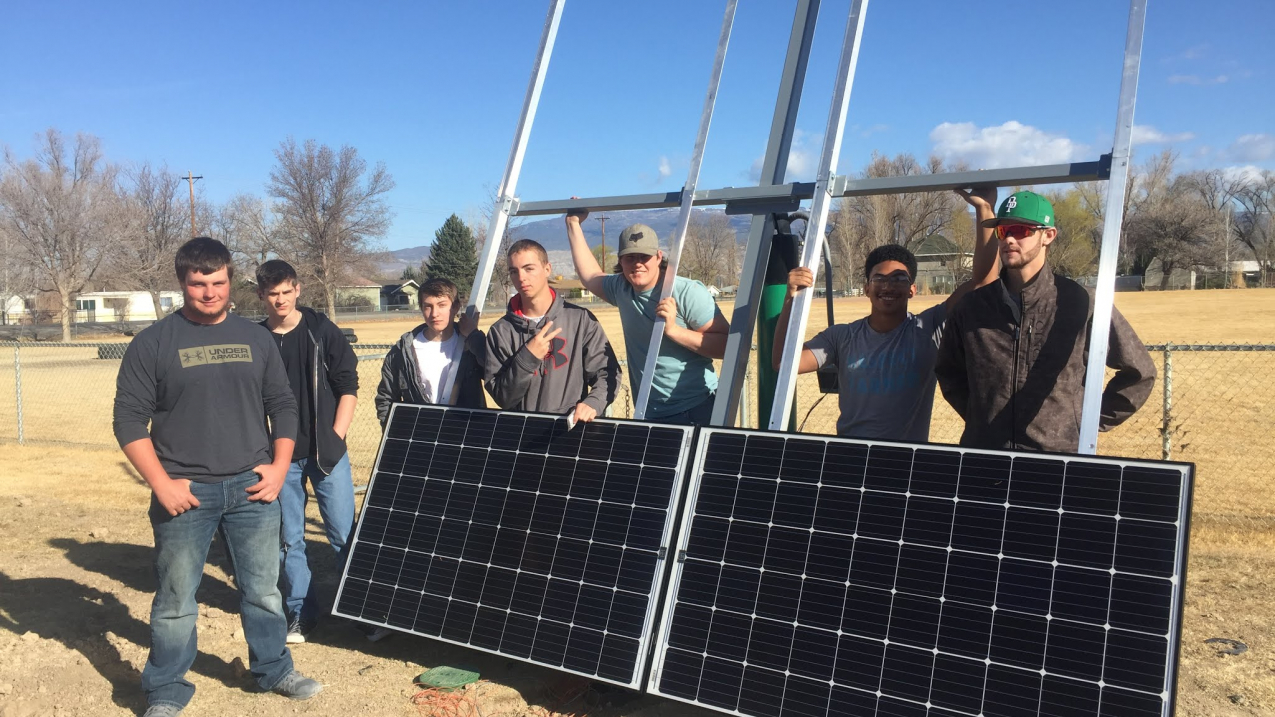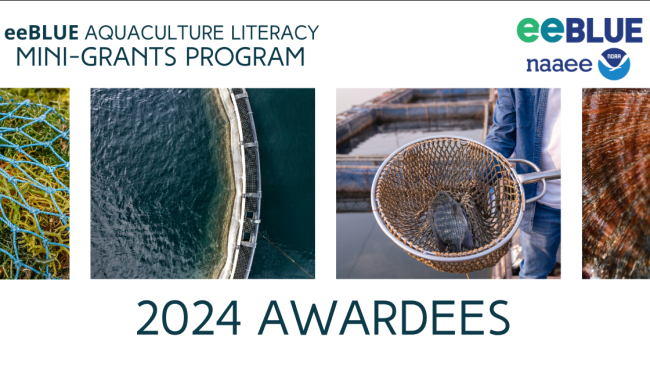In a Western Colorado community, decades of drought have left lasting impacts on the surrounding forests, and extreme weather events frequently destroy local fruit crops. Coal mines once supplied the region with abundant fuel, and recent natural gas discoveries in deep shale formations bring the promise of additional fossil fuel resources. However, stagnating oil prices and the recent closure of two of the three coal mines prompted one high school teacher to prepare his students for a different future.

High school teacher Ben Graves received funding from NOAA Planet Stewards to develop a solar energy training course. His students designed and installed the 2.4 kW solar array to power the science wing of their school. (Image credit: Ben Graves/NOAA Planet Stewards)





